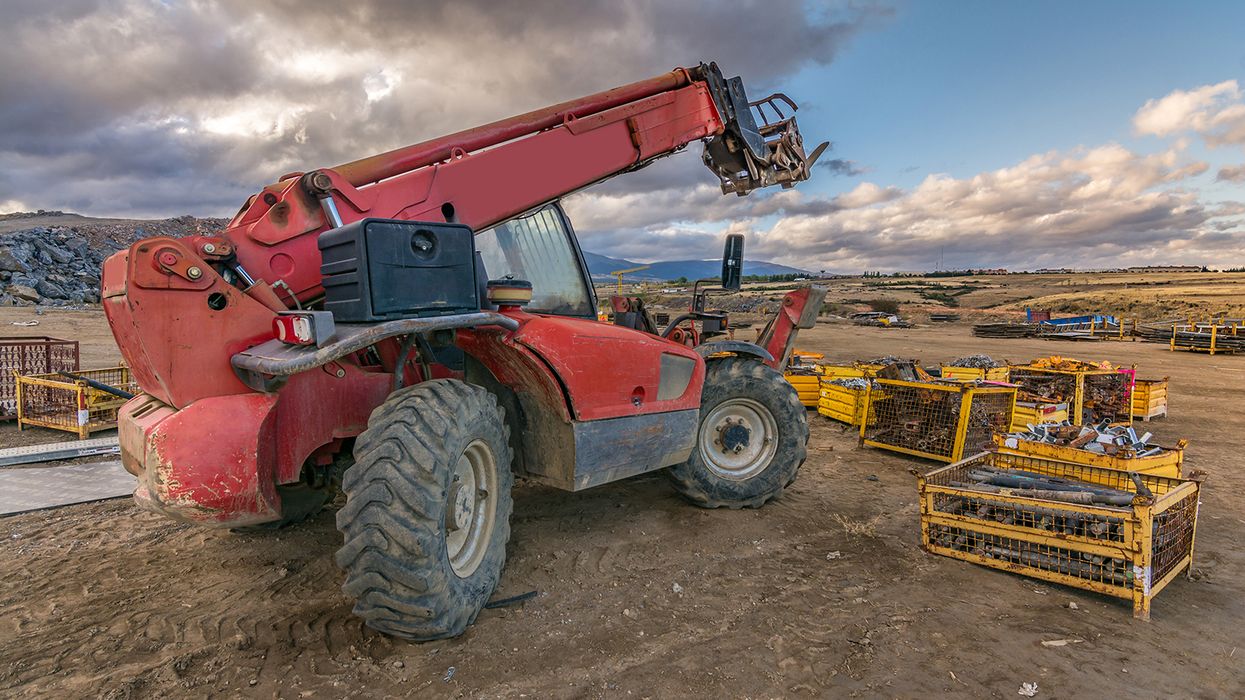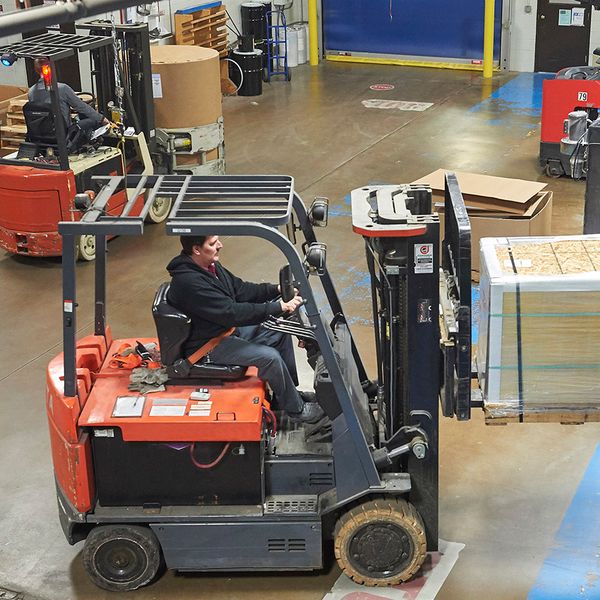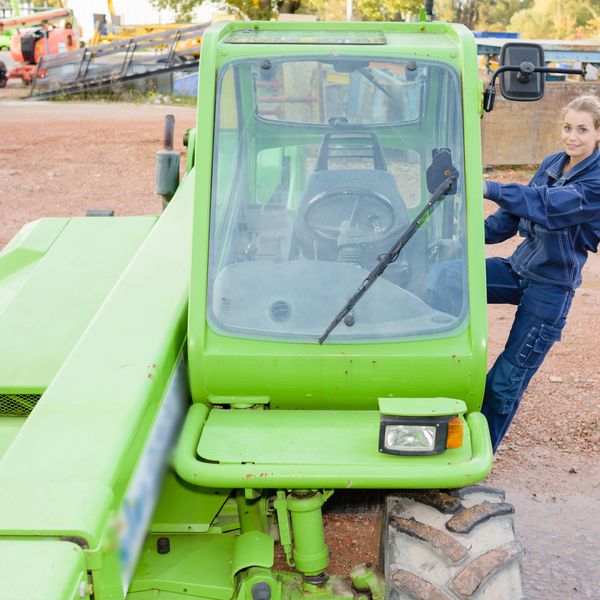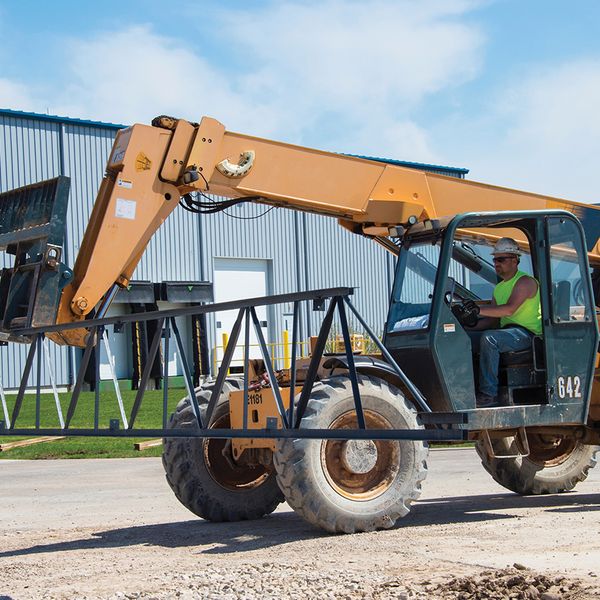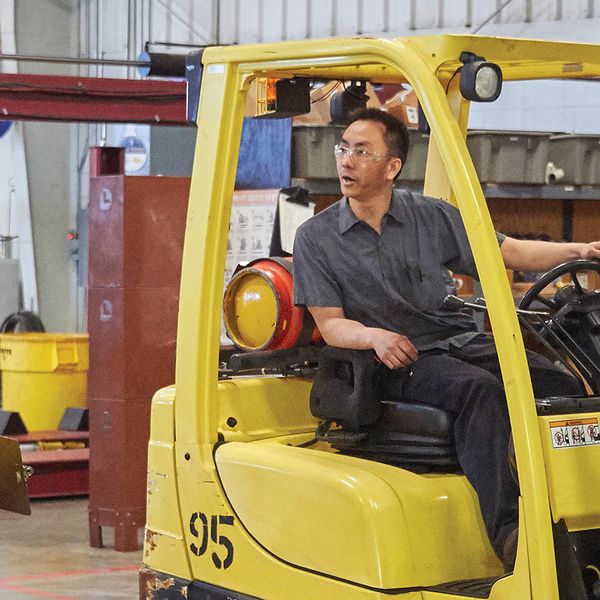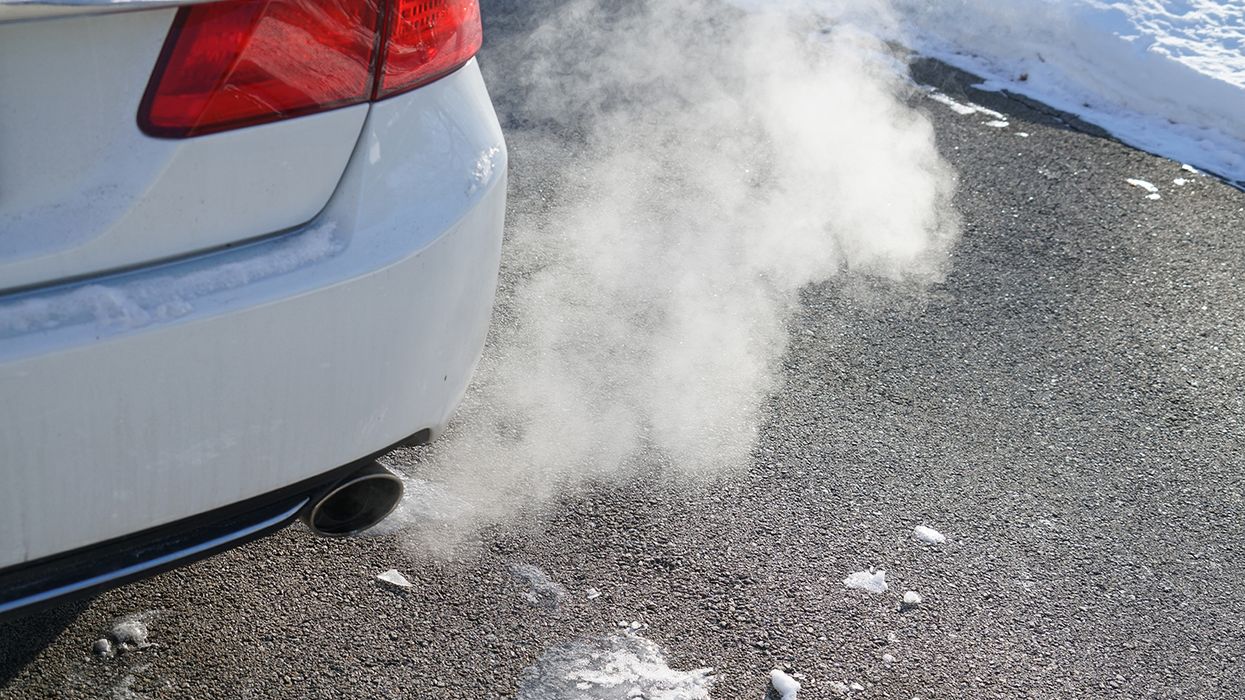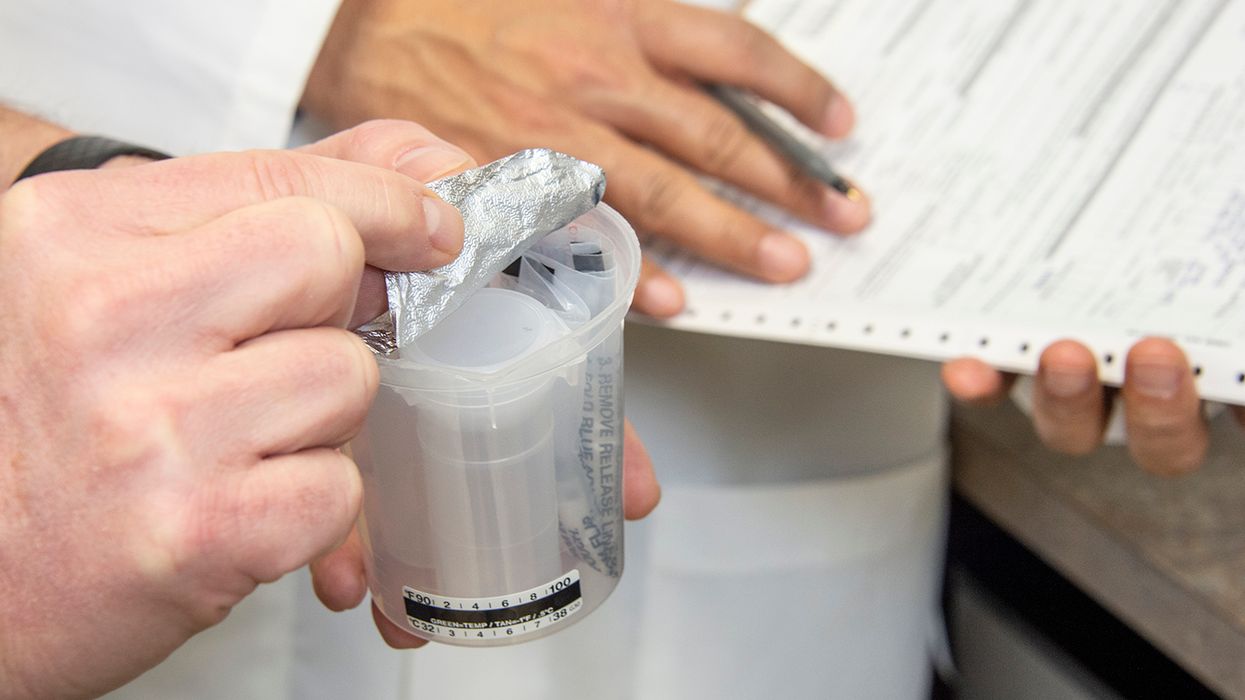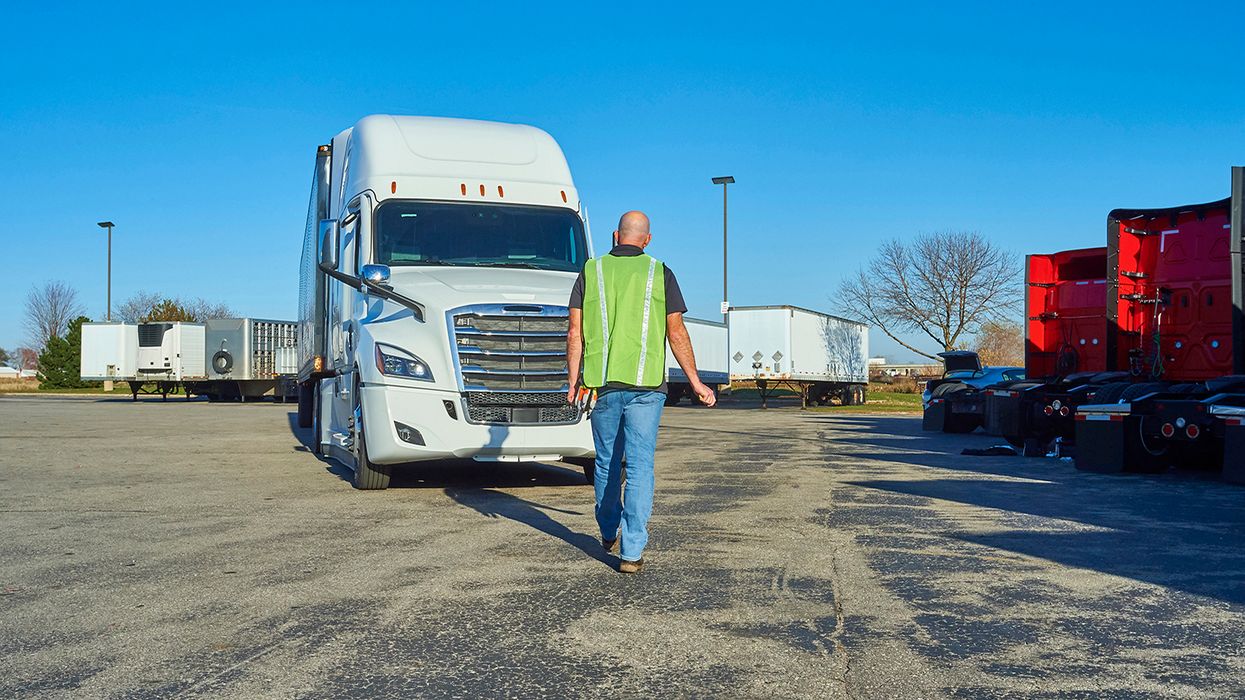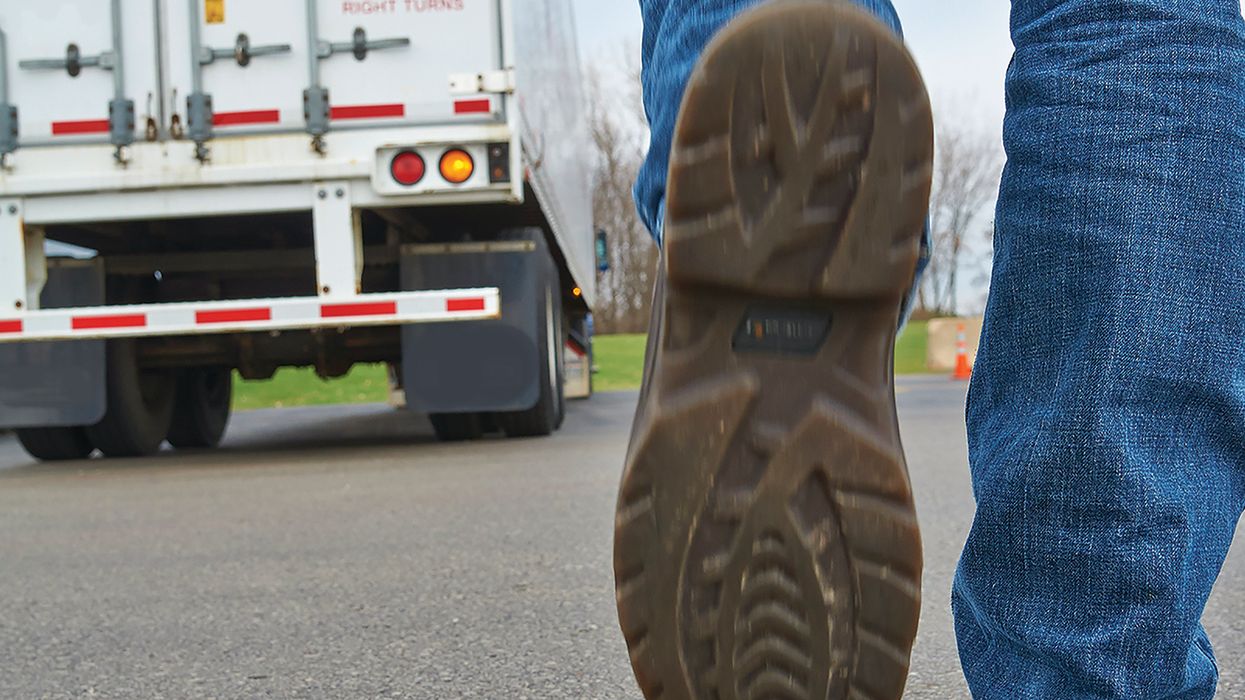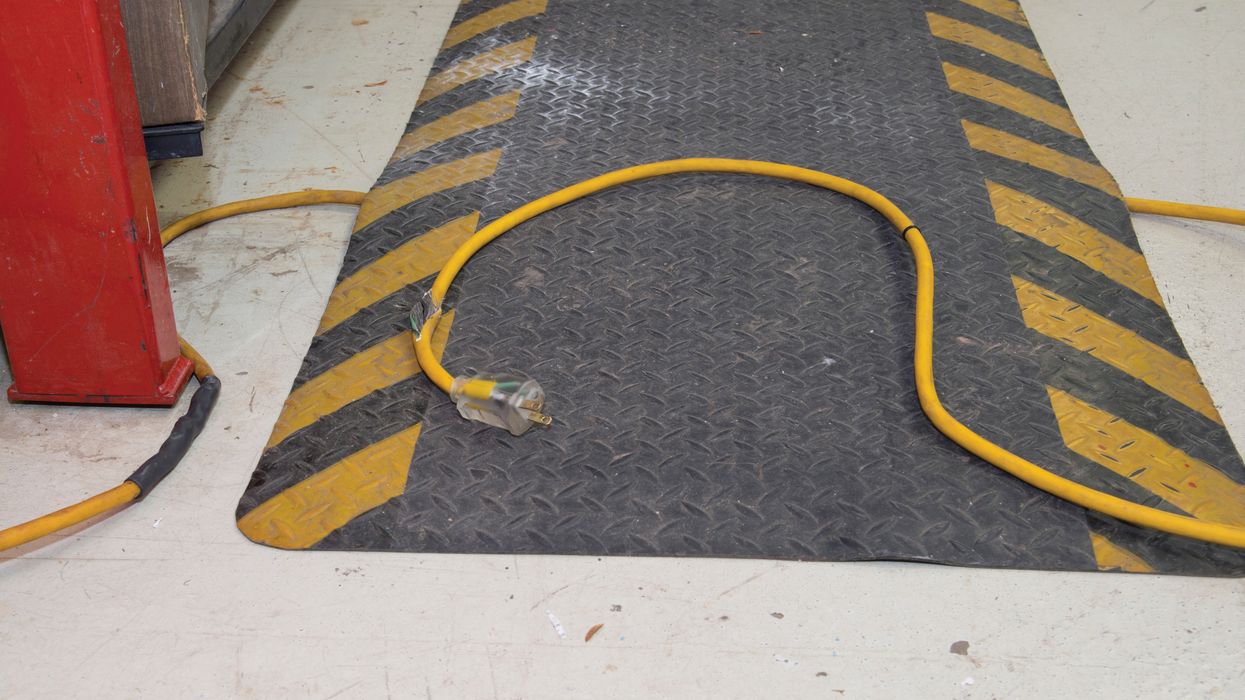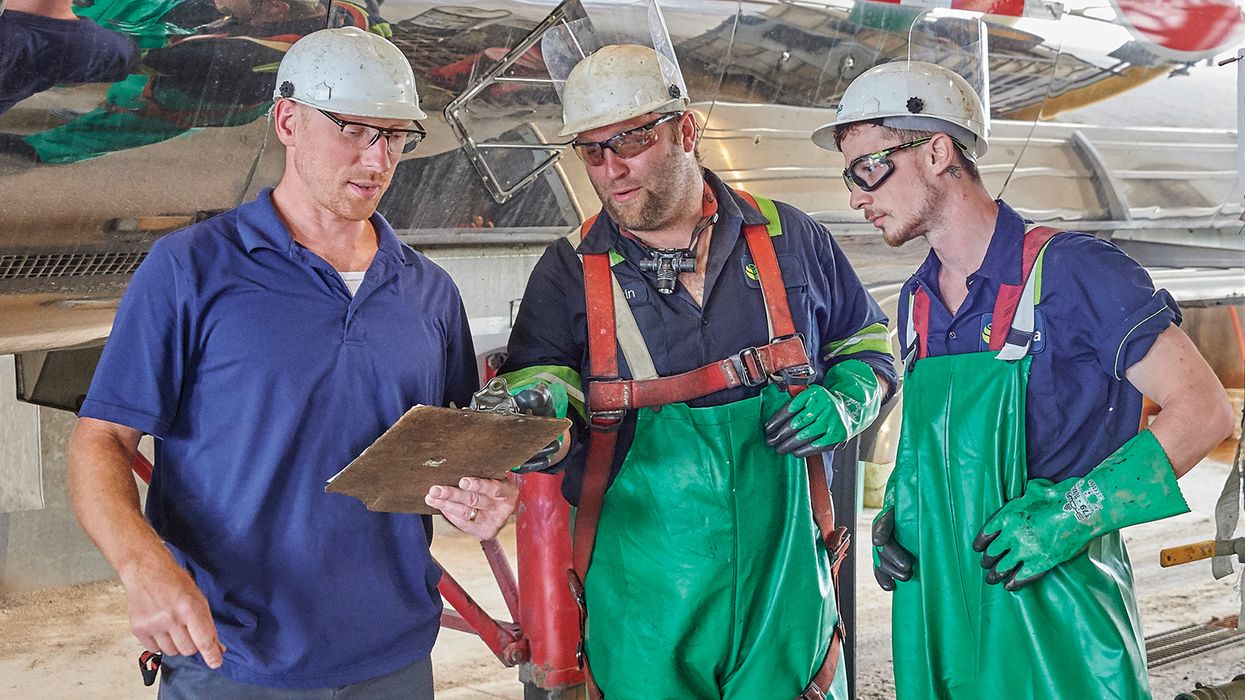Boom up your jobsite telehandler safety program
To prevent accidents, jobsites should:
- Establish standard operating procedures (SOP) for telehandler (rough-terrain forklift) operations,
- Operate telehandlers in areas with proper lighting,
- Provide required federal (and state) training for operators, and
- Evaluate the effectiveness of health and safety programs and activities routinely.
Standard operating procedures
Ensure that operators always follow established SOPs. Perform random inspections of work practices and give refresher training if it’s needed. SOPs should include alternative methods for situations when operators may have to deviate from the SOP.
For example, an SOP to exit a telehandler may include the following five steps:
- Lower the forks to the ground,
- Engage the parking brake,
- Set the controls to neutral,
- Turn off the engine, and
- Block the telehandler’s wheels after parking it on an incline.
When operators might not be able to lower raised forks because of a malfunction of the hydraulics or controls, they wouldn’t complete the first step of the above SOP. An alternative method may direct the operator to complete steps two through five to ensure the situation is as safe as possible. Although the potential hazard of a load falling off the raised forks would be present, the telehandler’s control levers could not be engaged, even if someone unintentionally came in contact with them.
Incorporate OSHA’s requirements into SOPs. Under OSHA section 1910.178(l), Powered industrial trucks, OSHA discusses training requirements for operators. These requirements are also in §1926.602, Material handling equipment. The American National Standards Institute (ANSI) and the Industrial Truck Standards Development Foundation (ITSDF) have a consensus standard that gives best-practice guidance to jobsites. It’s called ANSI/ITSDF B56.6, Safety Standard for Rough Terrain Forklift Trucks.
Lighting
OSHA requires the jobsite to provide additional directional lighting if the general light is less than two lumens per square foot in any location while operating a telehandler. If the light level in an area of the job is less than two lumens per square foot, use auxiliary directional lighting on the telehandler or turn on a mobile-light plant.
Training
OSHA requires jobsites to refresh training for telehandler operators every three years before expiring. If more than three years pass before an operator updates the refresher training, ensure that these operators are assigned tasks that do not require operating telehandlers until they have received the refresher training and evaluation.
Evaluation
Implement health and safety programs and activities on the jobsite and routinely evaluate and update them. It’s essential to identify routine activities and to review jobsite indicators (e.g., evaluating training programs) that can help assess the overall effectiveness of the health and safety programs and procedures. These activities and indicators should look beyond the absence of or reduction in the number of injuries and illnesses.
Behavior-based safety programs can inadvertently focus attention away from finding and reporting hazards to reduce injury reporting, resulting in underreporting of jobsite hazards and some injuries. Encourage operators to report injuries and near-miss incidents. Have jobsite supervisors investigate them at once and implement corrective actions. Audit behavior-based safety programs to ensure they meet the goals of promoting a safer job and are encouraging hazards and injury reporting.
Be aware that OSHA has said that programs that reward workers for not reporting accidents violate the OSH Act, which prohibits discrimination against workers for taking part in health and safety activities.
Key to remember: Reduce telehandler incidents on the jobsite by giving operators proper training, evaluating their skill performance, and using adequate lighting.

